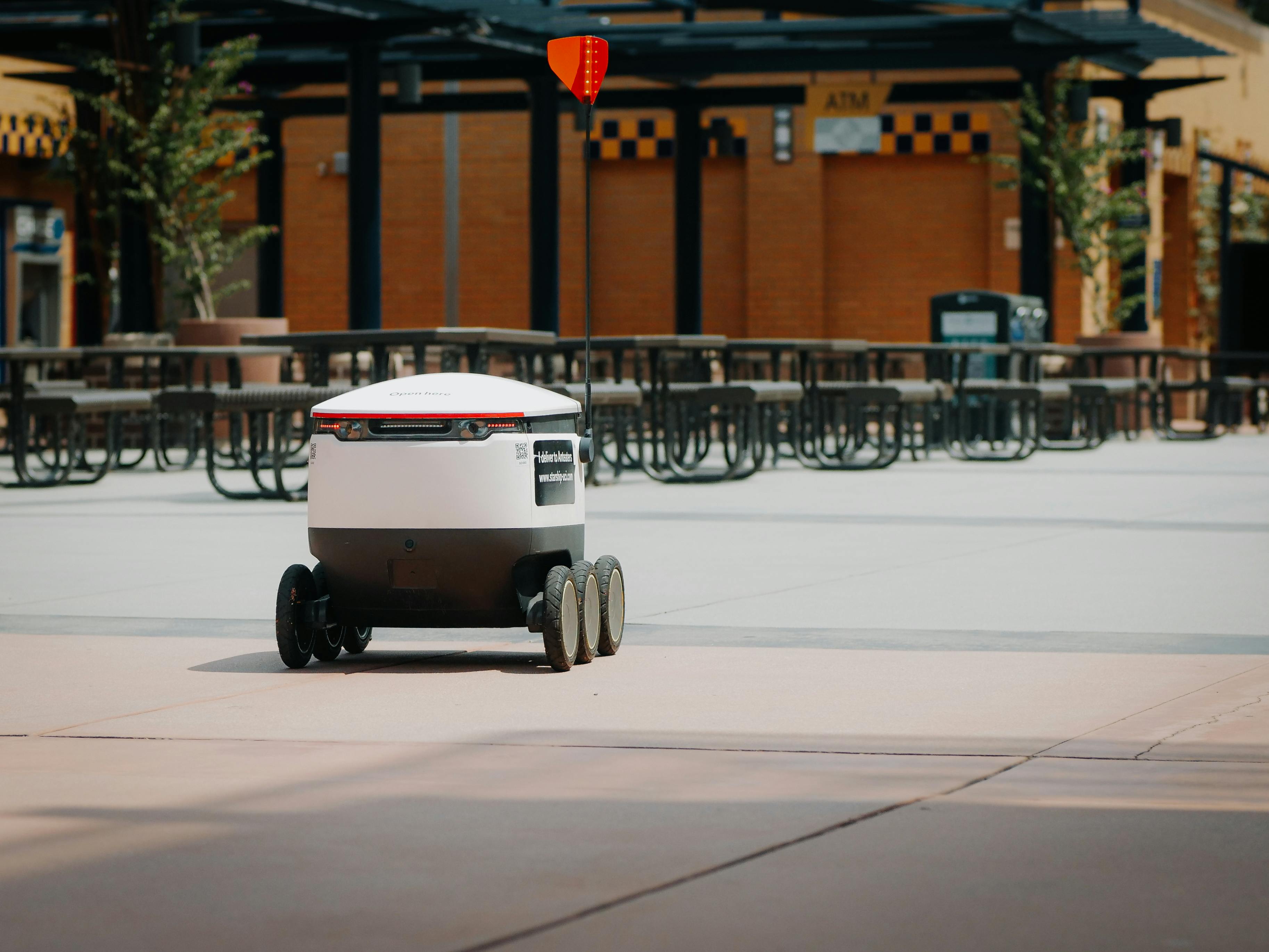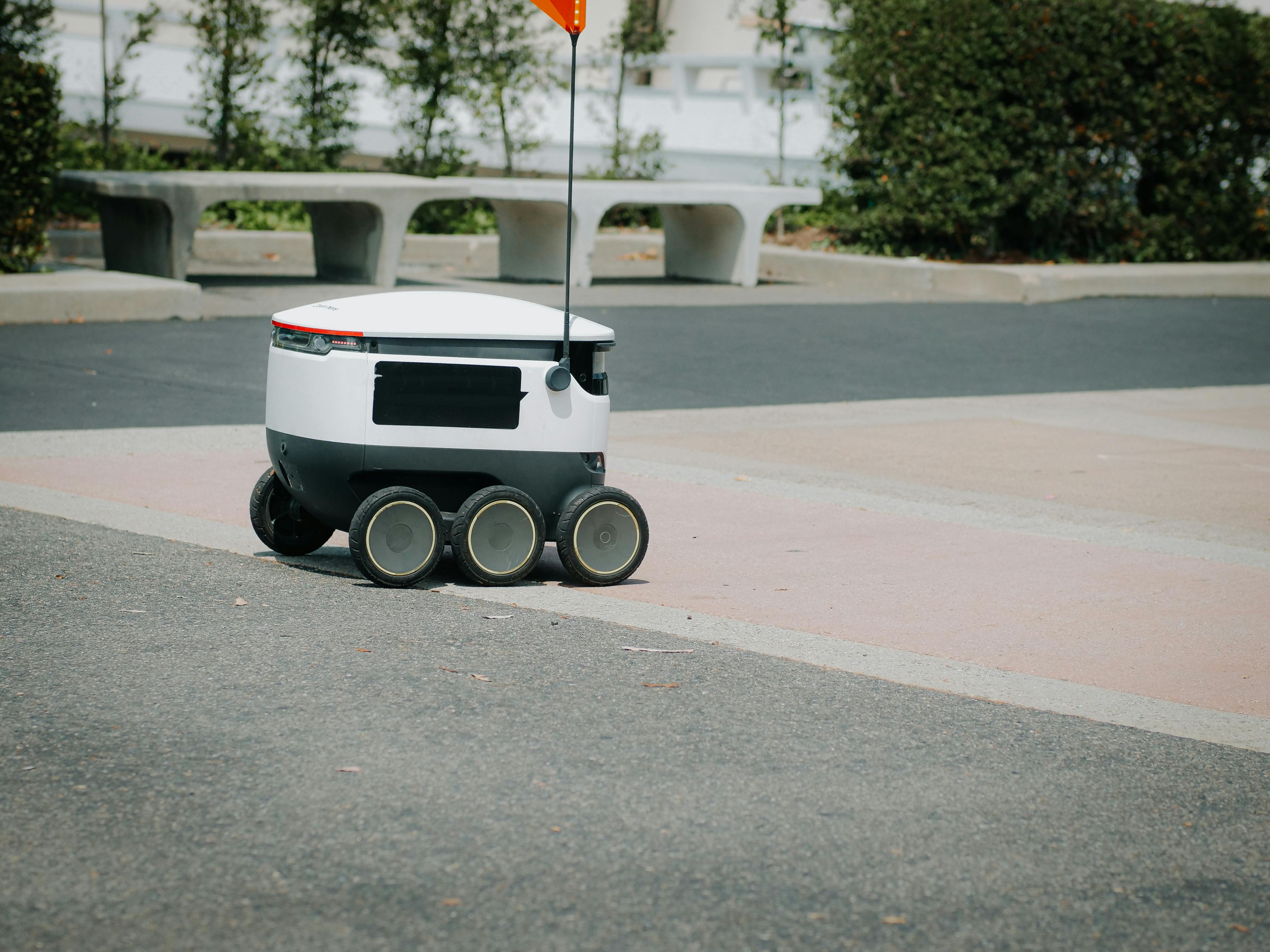Lyft to Launch Autonomous Shuttles in 2026 Amid Uber's Self-Driving Deals
⏱️ Reading Time: 5 minutes
Introduction
As the transportation landscape evolves rapidly, the integration of autonomous technology into ride-sharing services is no longer a distant dream but an imminent reality. The year 2026 is set to mark a significant milestone, with Lyft announcing plans to deploy Lyft autonomous shuttles and Uber expanding its network through multiple Uber self-driving deals. This surge in innovation reflects a broader industry shift towards leveraging autonomous vehicles in 2026 to redefine urban mobility.
What exactly will this mean for passengers and cities worldwide? And how will these advancements position Lyft and Uber in the fiercely competitive ride-sharing market? In this article, we explore the latest developments, the strategic partnerships driving the technology forward, and the potential impacts on consumers and urban transportation.

Lyft's Autonomous Shuttles Initiative
Lyft is pushing boundaries with the announcement that it will introduce Lyft autonomous shuttles in select markets starting in 2026. This strategic move is designed to enhance last-mile connectivity—offering passengers self-driving shuttle services that navigate pre-set routes with high precision and safety. These shuttles aim to alleviate urban congestion and reduce wait times by complementing traditional ride-hailing fleets.
Lyft's approach highlights a commitment to improving sustainable transportation. By deploying electric autonomous shuttles in dense urban environments, the company is betting on the potential of AI-powered mobility solutions to transform how people move. This development follows extensive pilot programs and collaborations with autonomous vehicle manufacturers and tech firms specialized in intelligent mobility systems.
As part of this initiative, users can expect seamless integration within the Lyft app, allowing them to schedule rides or commute via these self-driving shuttles with the same ease they currently experience when booking a car or bike.
Uber's Growing Self-Driving Partnerships
Meanwhile, Uber is aggressively expanding its footprint in the autonomous vehicle space through a series of self-driving partnerships. Collaborations with companies specializing in sensor technology, mapping, and AI have allowed Uber to bolster its autonomous vehicle capabilities beyond internal development alone.
These Uber self-driving deals represent a multifaceted approach: from integrating autonomous cars into existing services to refining safety protocols and regulatory compliance in various cities. Uber's strategy emphasizes scalability and adaptability, working closely with regional authorities to pilot autonomous rides across diverse urban and suburban environments.
An important aspect of Uber’s expansion is balancing innovation with rider trust. By maintaining high safety standards and transparent communication about autonomous ride availability, Uber aims to build confidence among its millions of users as autonomous vehicles in 2026 become commonplace.

How Autonomous Vehicles Will Revolutionize Ride-Sharing
Integrating autonomous technology within ride-sharing frameworks promises to deliver several transformational benefits. Both Lyft and Uber’s strides towards autonomous fleets are part of an upward trajectory towards fully automated, reliable, and efficient ride services.
Ride-sharing innovation through autonomous vehicles will likely enhance service availability while reducing operational costs by minimizing reliance on human drivers. This could translate into more competitive pricing for consumers and broader coverage, especially in underserved areas.
Moreover, self-driving technology is expected to heighten safety standards. Autonomous systems can reduce instances of distracted or impaired driving through advanced sensors, real-time processing, and adherence to traffic regulations. The resulting environment fosters trust, inviting broader adoption over time.
On a regional level, cities partnering with Lyft and Uber for autonomous vehicle trials will benefit from decreased congestion, improved air quality via electric shuttles, and reduced parking demands. As urban centers grapple with population growth, such innovations offer sustainable solutions aligned with smart city initiatives.
Overall, the ride-sharing ecosystem in 2026 will showcase how self-driving partnerships are not just about technology but about reimagining mobility to empower communities and individuals alike.
Conclusion
The approaching introduction of Lyft autonomous shuttles combined with Uber’s expanding self-driving partnerships illuminates a pivotal crossroads for transportation in 2026. Both companies are embracing the promise of autonomous vehicles to drive ride-sharing innovation, offering safer, more efficient, and environmentally conscious alternatives to traditional rides.
As these technologies mature and deployments increase, passengers can look forward to a seamless blend of human-centered design and cutting-edge automation in their daily commutes. This evolution stands to shape not only how we travel but also how cities adapt to the growing demands of mobility.
Stay informed and ready to experience a new era of urban transportation as Lyft and Uber pave the way for autonomous vehicles in 2026.
Frequently Asked Questions
What are Lyft autonomous shuttles and how will they work?
Lyft autonomous shuttles are self-driving electric vehicles designed to transport passengers along predetermined routes. They will be accessible via the Lyft app, providing an efficient and environmentally friendly option for short-distance travel and last-mile connectivity in urban areas.
How do Uber self-driving deals affect ride-sharing services?
Uber’s self-driving partnerships involve collaborations with companies specializing in autonomous vehicle technologies. These deals help Uber expand its self-driving fleet, improving operational efficiency and safety while offering passengers autonomous ride options across multiple locations.
When will autonomous vehicles become widely available through ride-sharing apps?
Both Lyft and Uber are targeting 2026 as the year to significantly expand autonomous vehicle services. While availability may initially be limited to pilot programs and select cities, widespread adoption is expected to grow rapidly as technology and regulations evolve.
Comments
Post a Comment